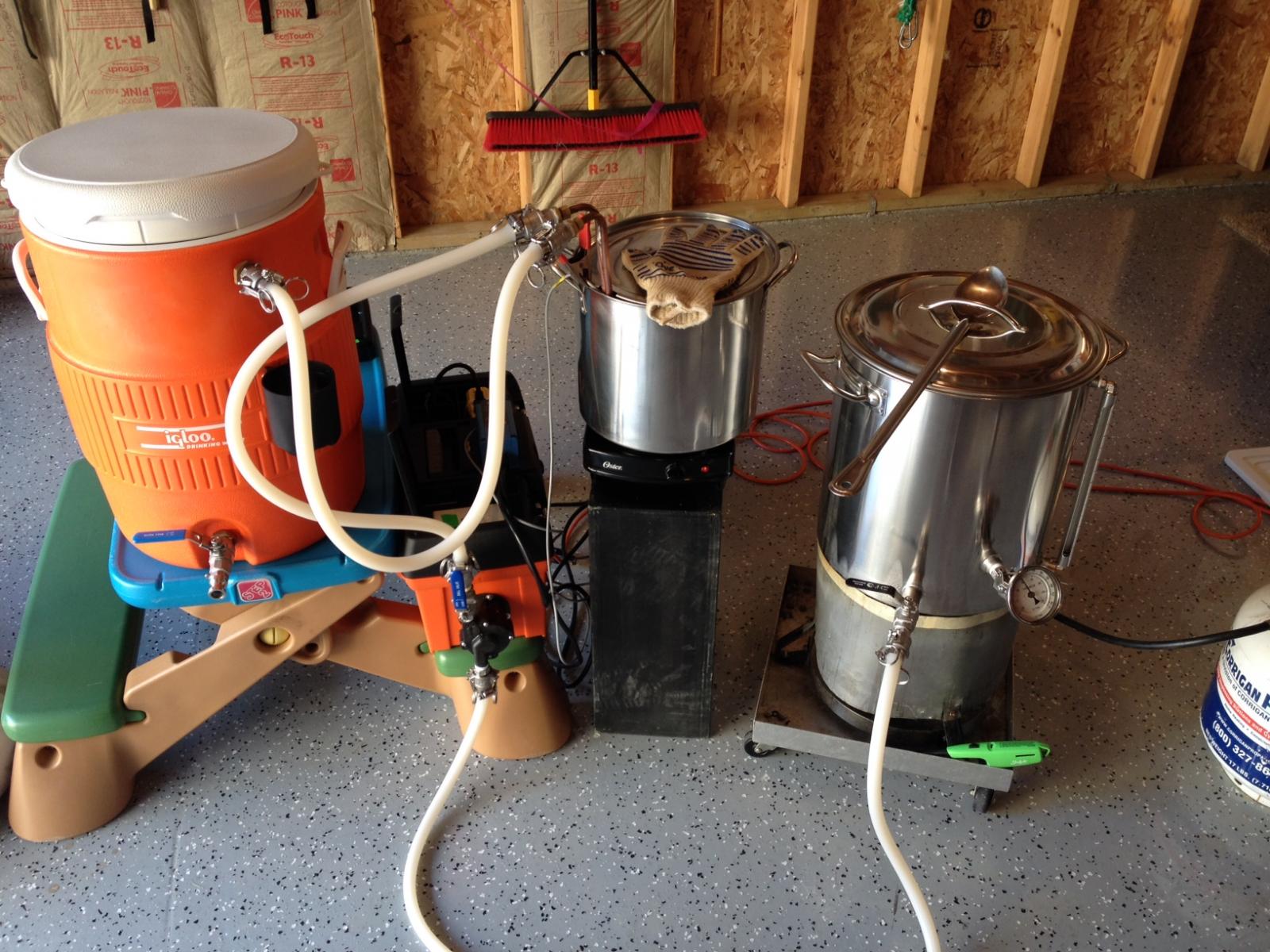BadWolfBrewing
Well-Known Member
The required flow rate really depends on the mlt. A cooler doesn't require much flow. A big metal pot outside on a windy cold day will require much more flow through a longer coil to maintain temps without having to have a boiling tank of water.
I agree completely, turnover volume is absolutely critical
I agree completely, turnover volume is absolutely critical

























































